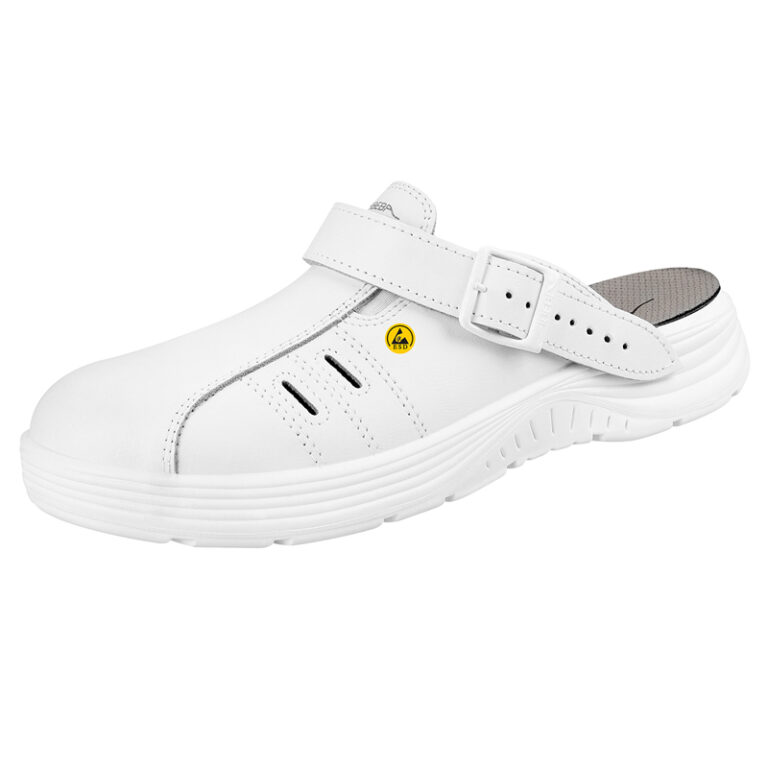
For production environments 8 zones or more should be considered. For lab or pilot production 6 zones are often enough. Reflow oven zone widths of 10 to 14 inches are standard in the industry, and are adequate for the vast majority of reflow process requirements. There is a balance that must be struck between complexity of operation of the oven and ability to fine tune. The number of zones required is considerably less important than the overall oven heated length and the thermal control performance of the reflow oven. If a factory is tight on space you could consider a shorter reflow oven by processing your boards multiple lanes (dual lane or more) and slowing your belt speed, this would allow a shorter reflow oven to produce more boards. With Reflow oven sizes of 75”, 100”, 125” or 150” heated length the best choice would be at 125” inch reflow oven. So with the required belt speed of 26 IPM and the process time of 4 minutes the required inches of heat would be 104”. If the board size is 10 inches long, single lane, with 3 inch spacing and the factory requires 120 per hour (or 2 per minute) the required belt speed would be 26 inches per minute (IPM). Given the specification above the reflow process would require 104 seconds for ramp, 60 seconds to soak, 16 seconds to ramp to peak, and 60 seconds time above liquidus – this results in 240 seconds in the heated section of the reflow oven (4 minutes).
#REFLOW OVEN PLUS#
The number of boards produced per minute in a conveyor belt oven is based on the belt speed, and then length of the board plus the between board spacing. Reflow ovens are sized primarily based on the required throughput. Is it a very high volume production environment with very little change in board type or size? Or is it a very low volume production environment, with periods of low or no production, and products that vary greatly in size and weight? Are the boards particularly difficult thermally? Do they have very big components and smaller ones? How tight is the thermal process window (the difference between the minimum process temperature and the maximum allowed process temperature)? What is the required throughput of the line? Conveyor Belt Oven Sizing The type of production environment is an important factor, meaning the product mix and volume.


In these cases, you will need to put aside your solder iron and use a reflow oven.Ī reflow oven is used for soldering of surface mount electronic components onto PCBs. Or, a project may need a smaller footprint using smaller components.

However, there are some components that do not have through hole versions and are only available as surface mount versions.

Soldering through hole components onto printed circuit boards (PCBs) is a very useful skill to have and needed for many DIY projects.


 0 kommentar(er)
0 kommentar(er)
